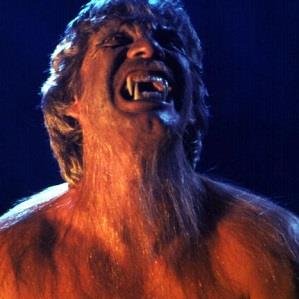THE HOWLING: The Werewolf Flick Gets A Witty Makeover
At the dawn of the 1980's, no subgenre of classic horror was as moribund as the werewolf movie. Only Paul Naschy carried the torch for this screen terror during the '70s; otherwise, the concept had been reduced to a punchline in movies like The Boy Who Cried Werewolf and The Werewolf Of Washington. However, the beginning of the new decade saw the release of a film that revived the werewolf subgenre and also provided an early indication for '80s filmmakers would deal with classic horror tropes. It was called The Howling - and it remains one of the definitive horror films of its decade.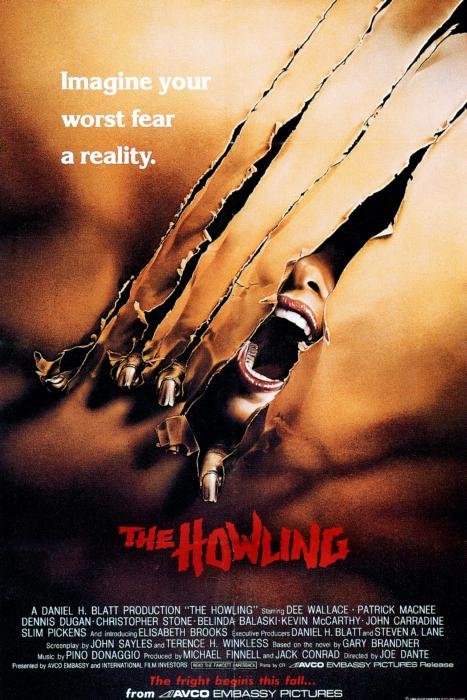 The Howling foregoes the usual gothic trappings of the traditional werewolf movie for a unique route into this archetype: T.V. newswoman Karen White (Dee Wallace) suffers from psychological trauma after being attacked by serial killer Eddie Quist (Robert Picardo). Her hubby Bill (Christopher Stone) takes her to undergo group therapy with pop psychologist Dr. George Waggner (Patrick Macnee) at a special rural retreat he has created - but her trauma is not over. Eddie Quist is not dead - and her t.v. news coworkers Terry (Belinda Belaski) and Chris (Dennis Dugan) discover some sinister connections between Quist and Dr. Waggner's retreat. Karen and her friends soon find themselves facing a lycanthropic threat that not only endangers them but the rest of the world...More than three decades after its original release, The Howling remains effective because it tackles the werewolf film with a mixture of imagination, artful craft and sly wit. The script by Terence Winkless and John Sayles throws out much of Gary Brandner's source novel to create a storyline that shows affection
The Howling foregoes the usual gothic trappings of the traditional werewolf movie for a unique route into this archetype: T.V. newswoman Karen White (Dee Wallace) suffers from psychological trauma after being attacked by serial killer Eddie Quist (Robert Picardo). Her hubby Bill (Christopher Stone) takes her to undergo group therapy with pop psychologist Dr. George Waggner (Patrick Macnee) at a special rural retreat he has created - but her trauma is not over. Eddie Quist is not dead - and her t.v. news coworkers Terry (Belinda Belaski) and Chris (Dennis Dugan) discover some sinister connections between Quist and Dr. Waggner's retreat. Karen and her friends soon find themselves facing a lycanthropic threat that not only endangers them but the rest of the world...More than three decades after its original release, The Howling remains effective because it tackles the werewolf film with a mixture of imagination, artful craft and sly wit. The script by Terence Winkless and John Sayles throws out much of Gary Brandner's source novel to create a storyline that shows affection 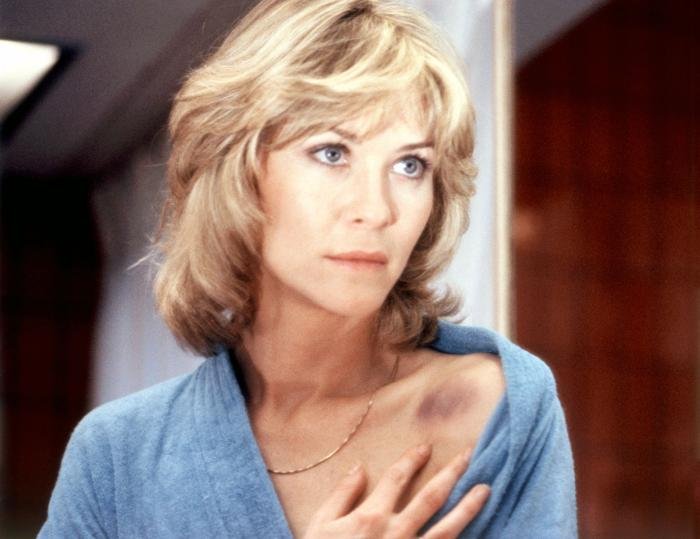 to some werewolf cinema conventions while updating the mythos to fit the mood and attitudes of its era. It also weaves in some humor in a pioneering way, taking on satirical targets - pop psychology, the mercenary nature of modern news - that remain deserving of scorn today. It also makes the characters intelligent and likeable in a way that today's horror movies often forget to do. Most importantly, it fully delivers on the horror front: the opening sequence is suspenseful, the werewolf scenes are cleverly
to some werewolf cinema conventions while updating the mythos to fit the mood and attitudes of its era. It also weaves in some humor in a pioneering way, taking on satirical targets - pop psychology, the mercenary nature of modern news - that remain deserving of scorn today. It also makes the characters intelligent and likeable in a way that today's horror movies often forget to do. Most importantly, it fully delivers on the horror front: the opening sequence is suspenseful, the werewolf scenes are cleverly  staged and the film builds to a tense finale followed by an unexpectedly moving coda.The deft blending of horror and humor at play in The Howling gives it a knowing quality that many subsequent '80s horror films would emulate, often poorly. The blend works here thanks to the savvy direction of Joe Dante, who handles both extremes of this material with the confidence. He litters the film with visual in-jokes related to werewolves and also names several major characters after directors of werewolf movies - but he also gives the film a delirious, pop-gothic sense of style, using John Hora's glossy, colorful cinematography and Pino Donaggio's lush yet dynamic score that evokes both E.C. Comics and Hammer
staged and the film builds to a tense finale followed by an unexpectedly moving coda.The deft blending of horror and humor at play in The Howling gives it a knowing quality that many subsequent '80s horror films would emulate, often poorly. The blend works here thanks to the savvy direction of Joe Dante, who handles both extremes of this material with the confidence. He litters the film with visual in-jokes related to werewolves and also names several major characters after directors of werewolf movies - but he also gives the film a delirious, pop-gothic sense of style, using John Hora's glossy, colorful cinematography and Pino Donaggio's lush yet dynamic score that evokes both E.C. Comics and Hammer 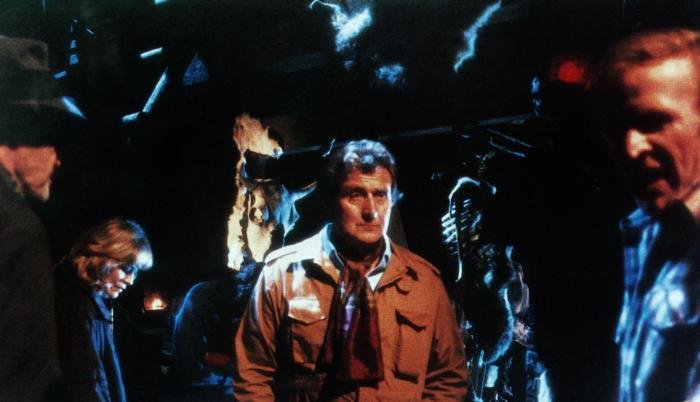 horror films. It creates a perfect setting for the story's playful but intelligent approach to the genre. The editing, handled by Dante with Mark Goldblatt, carefully balances the film's humor and horror beats as well as selling us on the special effects in the film's latter half.Dante also enriches the story with strong performances from a truly excellent cast. Wallace grounds the film, giving an emotionally rich turn as the beleaguered heroine that keeps the film from drifting off into total fanboy fantasia. Stone, Dugan and Belaski all add strong support, creating supporting characters who are genuinely likeable and easy to care about. Modern horror filmmakers would do well to study how
horror films. It creates a perfect setting for the story's playful but intelligent approach to the genre. The editing, handled by Dante with Mark Goldblatt, carefully balances the film's humor and horror beats as well as selling us on the special effects in the film's latter half.Dante also enriches the story with strong performances from a truly excellent cast. Wallace grounds the film, giving an emotionally rich turn as the beleaguered heroine that keeps the film from drifting off into total fanboy fantasia. Stone, Dugan and Belaski all add strong support, creating supporting characters who are genuinely likeable and easy to care about. Modern horror filmmakers would do well to study how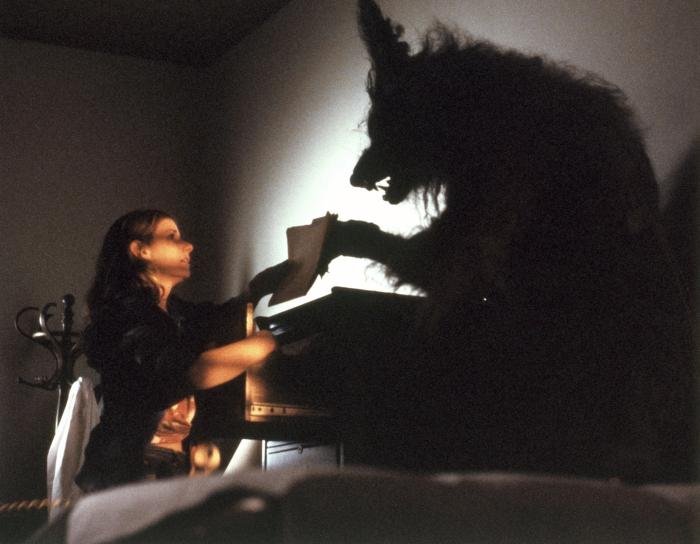 well these characters are written and acted, as supporting characters are all too often treated as cannon fodder in modern horror fare.Dante allows his horror kid side to run wild in casting for the smaller roles, including Kevin McCarthy in a hilarious turn as a cranky t.v. station owner and the great Dick Miller as an occult bookshop owner with a smart mouth. That's not all, there are also scene-stealing turns from Slim Pickens as a sheriff and John Carradine as an older patient at the retreat - and keep an eye peeled for quick in-joke cameos from Roger Corman and Forrest Ackerman. It's worth noting that Dante was packing his cast in a genre-savvy way long before Fred Olen Ray or Rob Zombie picked up on this trick - but Dante remains the best at his s
well these characters are written and acted, as supporting characters are all too often treated as cannon fodder in modern horror fare.Dante allows his horror kid side to run wild in casting for the smaller roles, including Kevin McCarthy in a hilarious turn as a cranky t.v. station owner and the great Dick Miller as an occult bookshop owner with a smart mouth. That's not all, there are also scene-stealing turns from Slim Pickens as a sheriff and John Carradine as an older patient at the retreat - and keep an eye peeled for quick in-joke cameos from Roger Corman and Forrest Ackerman. It's worth noting that Dante was packing his cast in a genre-savvy way long before Fred Olen Ray or Rob Zombie picked up on this trick - but Dante remains the best at his s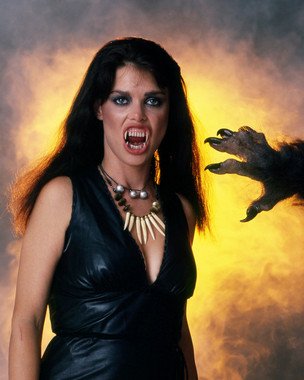 trategy because, unlike his competitors, he always gives his genre regular cast members interesting and oft-witty things to do rather than merely relying on their presence to gin up good will with fanboys.Finally, Dante completes his revival of the cinematic werewolf by deploying makeup effects in a mind-blowing yet artful manner. His partner in this task is FX wiz Rob Bottin, who built his early rep on his creative work here. The film holds back the on-screen appearance of the wolves until the final third of the film, giving the fanboys what they came for with one of the great makeup-FX transformation scenes in horror film history.Bottin's designs wisely make the creatures look like giant bipedal wolves instead of humans with hair pasted on their bodies - and the metamorphosis from human to wolf is protracted and painfully physical, with bladder effects and elaborate dummy heads used to distort the human form before our eyes. There's the complaint in some quarters that this sequence slows the film down but the artistry is so effective here - not only Bottin's
trategy because, unlike his competitors, he always gives his genre regular cast members interesting and oft-witty things to do rather than merely relying on their presence to gin up good will with fanboys.Finally, Dante completes his revival of the cinematic werewolf by deploying makeup effects in a mind-blowing yet artful manner. His partner in this task is FX wiz Rob Bottin, who built his early rep on his creative work here. The film holds back the on-screen appearance of the wolves until the final third of the film, giving the fanboys what they came for with one of the great makeup-FX transformation scenes in horror film history.Bottin's designs wisely make the creatures look like giant bipedal wolves instead of humans with hair pasted on their bodies - and the metamorphosis from human to wolf is protracted and painfully physical, with bladder effects and elaborate dummy heads used to distort the human form before our eyes. There's the complaint in some quarters that this sequence slows the film down but the artistry is so effective here - not only Bottin's 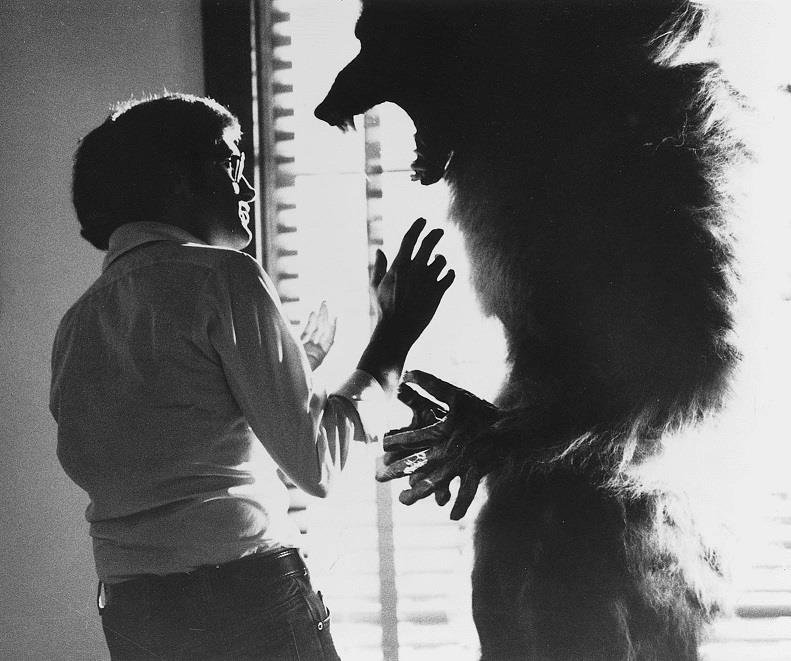 work but also stylishly shadowy lighting from Hora, effective editing from Dante/Goldblatt and killer bone-crunch sound effects - that you can't help but admire it. This scene made human-to-creature transformation scenes a major fad in genre cinema and it remains one of the textbook examples of how it's done. It's a showstopper in the best sense of that expression - and it totally sells the audience on the werewolves.Simply put, The Howling full deserves its cult reputation as one of the great horror films of the '80s. Not only did it successfully retool the werewolf movie for a new audience, it introduced the horror/humor blend and the self-referential sensibility that would inform a lot of horror filmmaking during that decade. Better yet, it proved that Dante had the chops to be a major genre filmmaker in the '80s and he made good on his promise with films like Gremlins and Innerspace, not to mention his excellent segment in Twilight Zone: The Movie. If you're a fan of genre fare from this decade, The Howling is required viewing.
work but also stylishly shadowy lighting from Hora, effective editing from Dante/Goldblatt and killer bone-crunch sound effects - that you can't help but admire it. This scene made human-to-creature transformation scenes a major fad in genre cinema and it remains one of the textbook examples of how it's done. It's a showstopper in the best sense of that expression - and it totally sells the audience on the werewolves.Simply put, The Howling full deserves its cult reputation as one of the great horror films of the '80s. Not only did it successfully retool the werewolf movie for a new audience, it introduced the horror/humor blend and the self-referential sensibility that would inform a lot of horror filmmaking during that decade. Better yet, it proved that Dante had the chops to be a major genre filmmaker in the '80s and he made good on his promise with films like Gremlins and Innerspace, not to mention his excellent segment in Twilight Zone: The Movie. If you're a fan of genre fare from this decade, The Howling is required viewing.


